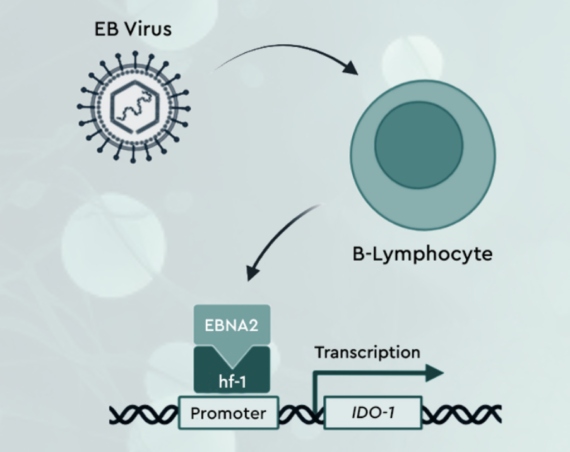
Like a lot of great inventions, Embr Labs got started somewhat on accident in 2013, when co-founders Matt Smith, David Cohen-Tanugi and Sam Shames met at MIT’s Material Science department. The three were working together on a project at a laboratory in Boston. Outside it was a sunny and warm day, yet inside the lab everyone was wearing hoodies and jackets freezing because the air conditioning was so high. “This is so crazy,” they thought. “Why are we still controlling human temperature through a device on the wall? Isn’t there a better way?”
After pondering that question for a while the three learned about a hackathon happening at MIT and decided to take the opportunity to explore whether there was actually a way to change the human experience of temperature through a wearable device. Turns out there was and during the hackathon, which the team ended up winning, they built the first prototype of what would eventually become the Wave wristband. The university sent out a routine press release, which went viral and immediately led to a lot of media and consumer interest in the device.
Following the hackathon and motivated by the response, the team spent a lot of time following up with people who had emailed them and expressed interest in their solution. They conducted deep user research, and worked on better understanding the human science behind temperature. On the tech side their big challenge was to build a device that was capable of both warming and cooling and to figure out how to condense a usually large cooling mechanism into a something small, lightweight and wearable.
A couple of years into development, Embre Labs then entered the market in 2017, when their first-generation wristband, Wave, launched on Kickstarter raising $600K and shortly after started to sell on the company’s website in May 2018. Today 70.000 people in 177 countries use the company’s device.
While the largest user group of Embr Lab’s solution are women going through menopause, who are looking for ways to manage hot flashes, the device also helps those who feel chronically cold, MS patients with difficulties regulating their temperature or cancer patients who have gone through chemotherapy to name a few. In a partnership study with Johnson & Johnson Innovation, the Wave showed a 168% improvement in hot flash control and a 21% improvement in the Insomnia Severity Index among the perimenopausal and postmenopausal-aged women who participated in the study. And Embr Labs continues to stay committed to research. “We launched the product, saw great adoption and then started to hear all this real-world evidence that was coming back to us from our users about the many ways in which our device was helping them”, says Liz Gazda, the company’s CEO. “We are now working on clinical validation and have 7 clinical trials in progress including one focused on dysautonomia.” Dysautonomia is a condition in which the autonomic nervous system (ANS) doesn’t function as it should. The ANS is responsible for regulating internal temperature, breathing patterns, blood pressure, and the heart rate. Surveys suggest that dysautonomia also affects a large number of patients who recover from COVID-19.
Today marks yet another milestone for Embr Labs as the company announces the launch of Wave 2, the second iteration of its device and app. Like its predecessor, Wave 2 deploys cooling or warming sensations or “Waveforms” to the temperature-sensitive skin on the inside of the wrist, detected by nerve endings known as thermoreceptors. With these signals the brain naturally processes the thermal sensation to restore balance and bring hot flash relief, stress management and improve sleep by tapping into the autonomic nervous system. Compared to the first-generation device, Wave 2 is smaller and more discrete, yet more powerful and needs to be charged less. The new and improved app gives users more control over their experience allowing for personalization, symptom tracking as well as allowing access to a community.
Embr Labs has raised $7.6M from investors including Bose Ventures, DigiTx Partners, Safar Partners, Joy Ventures and Intel Capital. After the successful launch of the second-generation device Wave 2 today, the company is now looking to raise another round of funding to continue expansion and enter new markets.



